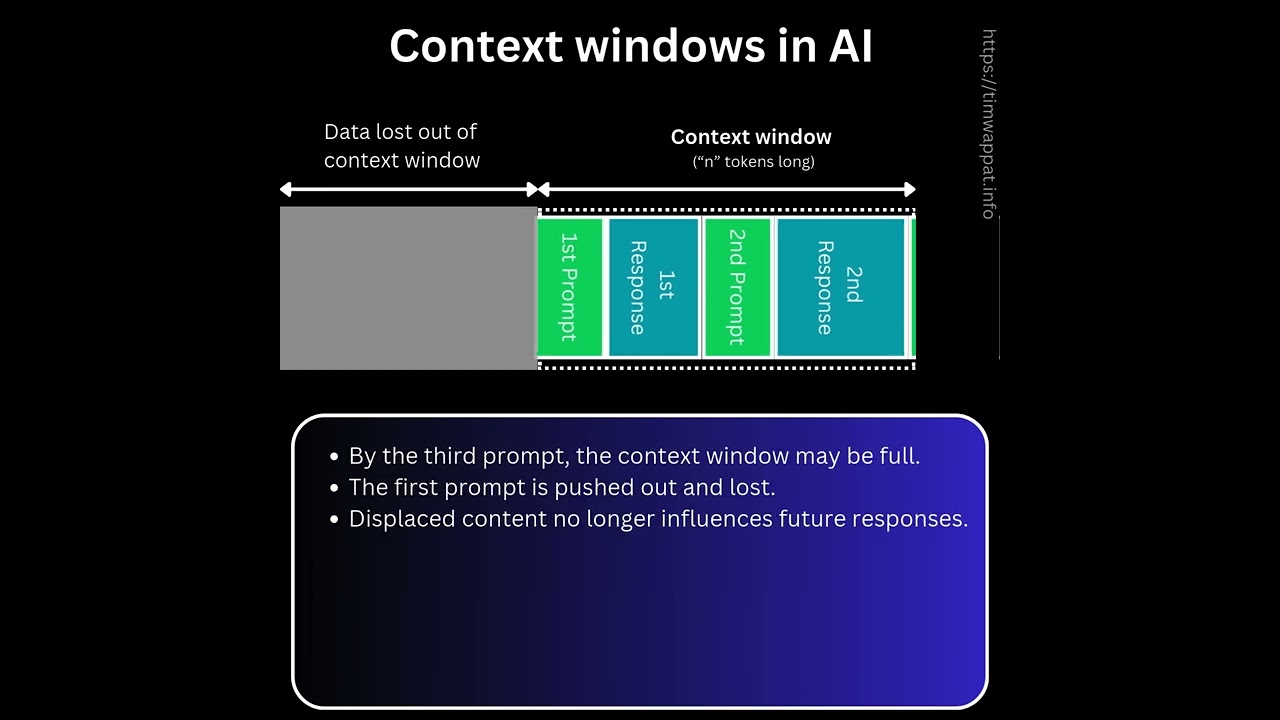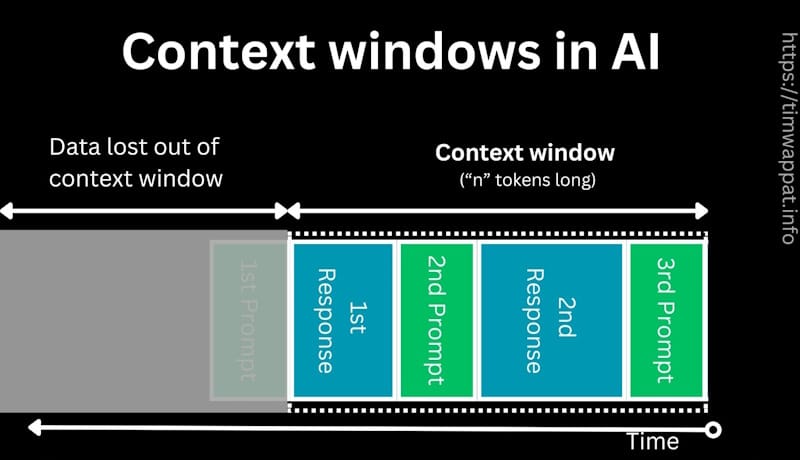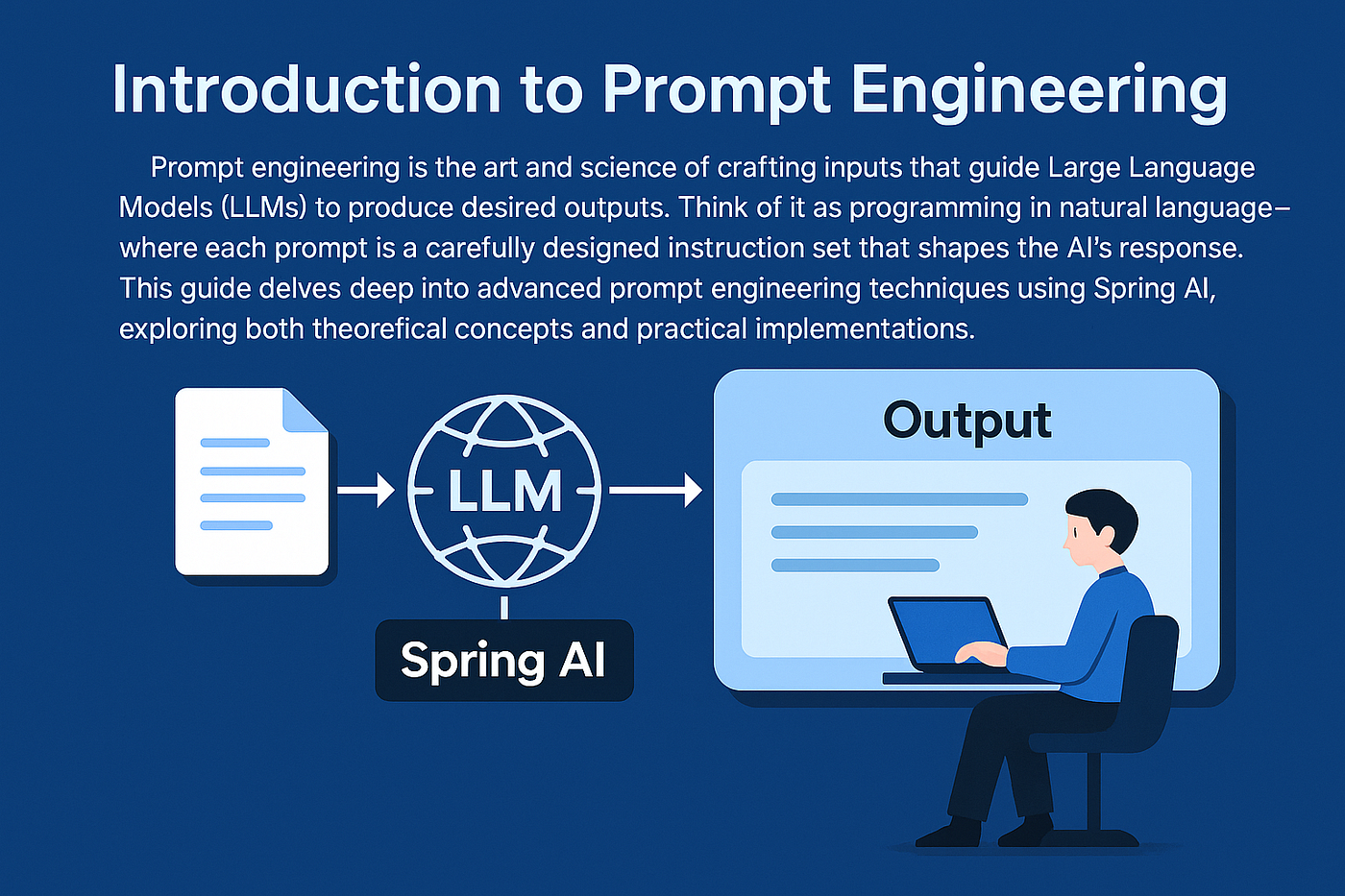Module 1: Introduction to Prompt Engineering
lightbulb What is Prompt Engineering?
Definition: Crafting effective instructions to get optimal results from AI language models
Why it matters: Difference between generic responses and getting exactly what you need
psychology Core Principles
Vibe coding is prompting whatever you're doing
LLMs are "pretty stupid" and need clear, well-structured instructions
history Evolution of Prompting
Changed from early LLMs to current models
Good prompting reduces cost and complexity in AI systems

"The practice of crafting effective instructions to get optimal results from AI language models"


